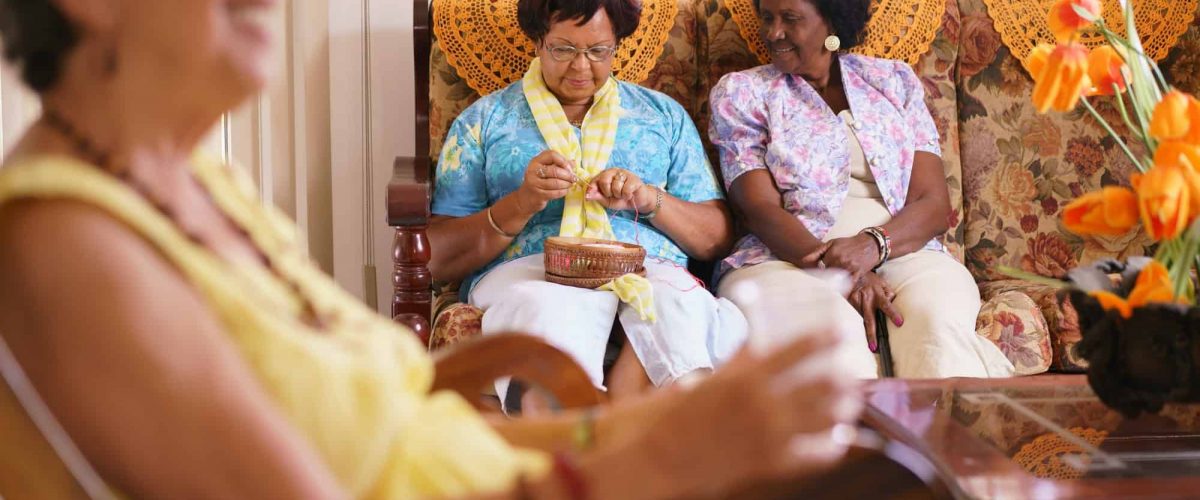Considering Medicare hospice coverage? Being covered by a good Medicare hospice service can make a big difference in your end-of-life experience.
For example, good care with Medicare hospice coverage has expert personnel readily available. They do their job so well that our medical staff can eliminate the need to go to the doctor’s office.
In fact, with good hospice coverage, families can get help with personal care tasks like bathing. They can also render spiritual and emotional support for both seniors and families and 24/7 on-call assistance.
However, not all hospice service providers are equal. While some will provide extraordinary care, others can turn into negative experiences.
To choose the best one to care for you or your loved one, we share some vital things you should know about hospice services.
What is Hospice Care?
Hospice care is provided to terminally ill patients who have a life expectancy of fewer than six months. Every patient has the right to die without bodily and emotional pain. The primary focus behind hospice care is making patients feel comfortable, stable, and dignified during their final months of living.
In addition, hospice care improves the quality of life for the patients though it does not help prolong life. Also, aside from the focus on the patients and their experience, hospice care ensures that patients’ families can handle the emotional stress and trauma related to death.
Medicare Hospice Coverage: Curative Treatment Vs. Palliative Care
Curative treatment is an approach in which the goal is to cure the disease and prolong life at all costs. Palliative care is not corrective but is designed to relieve pain and distress while at the same time controlling the symptoms of the disease.
The symptoms that palliative care focuses on relieving include: pain, nausea, vomiting, constipation, anorexia, malnutrition, dyspnea or air hunger, psycho-social and spiritual issues, weight loss, dehydration, weakness, the risk for skin impairment, depression, Sleeplessness, and insomnia.
Patient And Caregiver Education
The way hospice care is planned should affect the patient and caregiver in a straightforward method. It is thought that the fear of the unknown is always more significant than the fear of the known.
Educating the caregiver to manage symptoms, providing hands-on care of the patient, caring for body functions, and teaching the signs and symptoms of approaching hospice patients are essential to relieve fears.

Objectives Of Hospice Care
Managing symptoms and improving the quality of life without life-prolonging measures is the main objective of hospice care.
Also, one aim of hospice entails allowing the patient and caregiver to be involved in the decisions regarding the care plan. A care plan is a primary aspect of hospice care and encourages the patient and caregiver to live life fully.
Some other objectives of hospice care include:
- providing continuous support to maintain patient/family confidences and reassurances to achieve their goals,
- educating and supporting the primary caregiver in the patient’s choice of home setting, and
- Providing a clear understanding of death-related issues affects much on caregivers’ performance and the quality of hospice care.
How to Initiate Hospice Care
To initiate hospice care, the attending physician must certify that the patient’s illness is terminal and that the patient has a prognosis of 6 months or less to live. The patient must be willing to forego any further curative treatment and be ready to seek only palliative care.
Then, the patient and caregiver must understand and agree that we will plan the care based on the patient’s comfort and that we may not necessarily perform life-support measures.
Similarly, the patient and caregiver must also understand the prognosis and be willing to participate in the care planning.
Admission to a hospice program is the decision of the patient and their family.
Autonomy is one of the attributes of the quality of health care.
Hence, the patient or family should be the center of all critical patient care decisions. No one should make any decisions without consulting the patient or their family first.
Pediatric Hospices
Eighty-one million children in the United States require pediatric hospice care. In the United States alone, there are 2.5 million deaths annually. About 50,000 deaths are pediatric 0-19 (2.2%). Children represent 25% of the US population. Half of the childhood deaths are in the first year of life, while half of the infant deaths are in the first month.
Pediatric Palliative Care Diagnosis
There are conditions for which curative treatment is possible but may fail. The following are common diagnoses in children, which make them eligible to receive hospice care.
Genetic/Congenital (40%)
Neuromuscular (40%)
Oncologic(20%)
Respiratory (12%)
Gastrointestinal (10%)
Cardiovascular (8%)
Advanced or progressive cancer or cancer with a poor prognosis
Complex and severe congenital or acquired heart disease
Models Of Care
We can provide hospice care in the following settings and situations:
Inpatient consultation palliative care teams.
Inpatient palliative care
Home hospice
Perinatal and neonatal hospice
Concurrent care
Respite
Conclusion
Hospice care is a beautiful service for people(usually adults) who focus on managing pain and symptoms for improved end-of-life.
Vital to note, though, is the need to be equipped with the proper knowledge. The more knowledge gained on hospice service, the easier it will be to make better decisions on Medicare hospice coverage.




